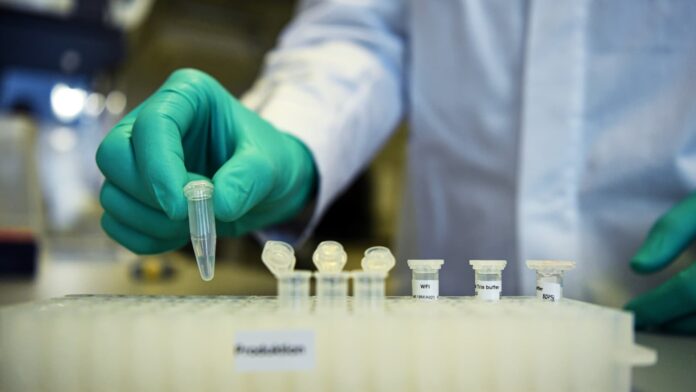CureVac N.V. is an “underappreciated” buying opportunity, according to UBS. Analyst Eliana Merle upgraded shares of the German biotech company to buy from neutral on Thursday, and more than doubled her price target, after it released positive preliminary data on its mRNA vaccines. CureVac said this month that it plans to hold further patient trials of its mRNA vaccines for Covid-19 and the flu. “As we noted after the Ph1 data on Jan. 6, we see initial clinical data from the 2nd gen platform as a major milestone and clearing event, with preliminary data released from the company’s Ph1 trials of CV0501 in Covid and FLU SV mRNA in influenza,” Merle wrote Thursday. “In our view as the first data of the 2nd-gen platform’s immunogenicity in humans, this is a major inflection point for the story, and suggests potentially competitive mRNA platform relative to mRNA peers,” Merle added. CureVac made its public debut in 2020 at $16 a share, raising $245 million in its initial public offering to fund research into treatments for diseases including the coronavirus. Bank of America, Jefferies and Credit Suisse led the IPO. Since then, however, the stock has cratered, falling more than 57% in 2021 and 82% in 2022. But CureVac has surged more than 50% this year, and the UBS analyst expects the stock has further to climb. Her $18 price target, up from $8, implies the shares can surge roughly 90% from Wednesday’s closing price. Shares of CureVac briefly gained almost 13% before pulling back Thursday. CVAC 1Y mountain CureVac tumbled in 2022 but has rallied in 2023 Additionally, with a market cap of roughly $2 billion, UBS says CureVac is an “underappreciated” story compared to Moderna and BioNTech, which have market caps of roughly $76 billion and $35 billion, respectively. “We note the stock is up ~50% since the data in Jan., but we think shares trade higher with more data/trial starts and as awareness builds for this under-the-radar mRNA story. We note additional Ph1 data is expected near-term,” the UBS analyst wrote. —CNBC’s Michael Bloom contributed to this report.
© heardonwallstreet.com


